How To Help Kids Smash Goals With This Powerful Tool
Growing up in a house with a mom with undiagnosed schizo-affective disorder and an alcoholic stepfather was dysfunctional to say the least. From age 12, the only escape I saw was going away to college. But how do you hold on to hope when the promise of better days is 6 years away? You plan and you set goals.
Goal setting is one of the most invaluable tools I learned on my journey to creating a meaningful life for myself after years of childhood emotional abuse. It’s an important life skill that is never too early to teach kids. Learning to set goals teaches children to take responsibility for themselves. They learn that their actions determine whether or not they fail or succeed.
Goal setting also builds self-confidence. When children reach their goals, they learn to believe in their abilities and are more likely to set new goals for themselves in the future. In my work with kids, teaching them how to set goals is right up there with helping them understand their emotions.
Bonus: As a bonus for joining the Kiddie Matters Community, get a free Goal-Getters Toolkit for Kids which includes a kid-friendly values exploration sheet, SMART goals cheat sheet, goals planning sheet, and a five- step process to set goals with kids.
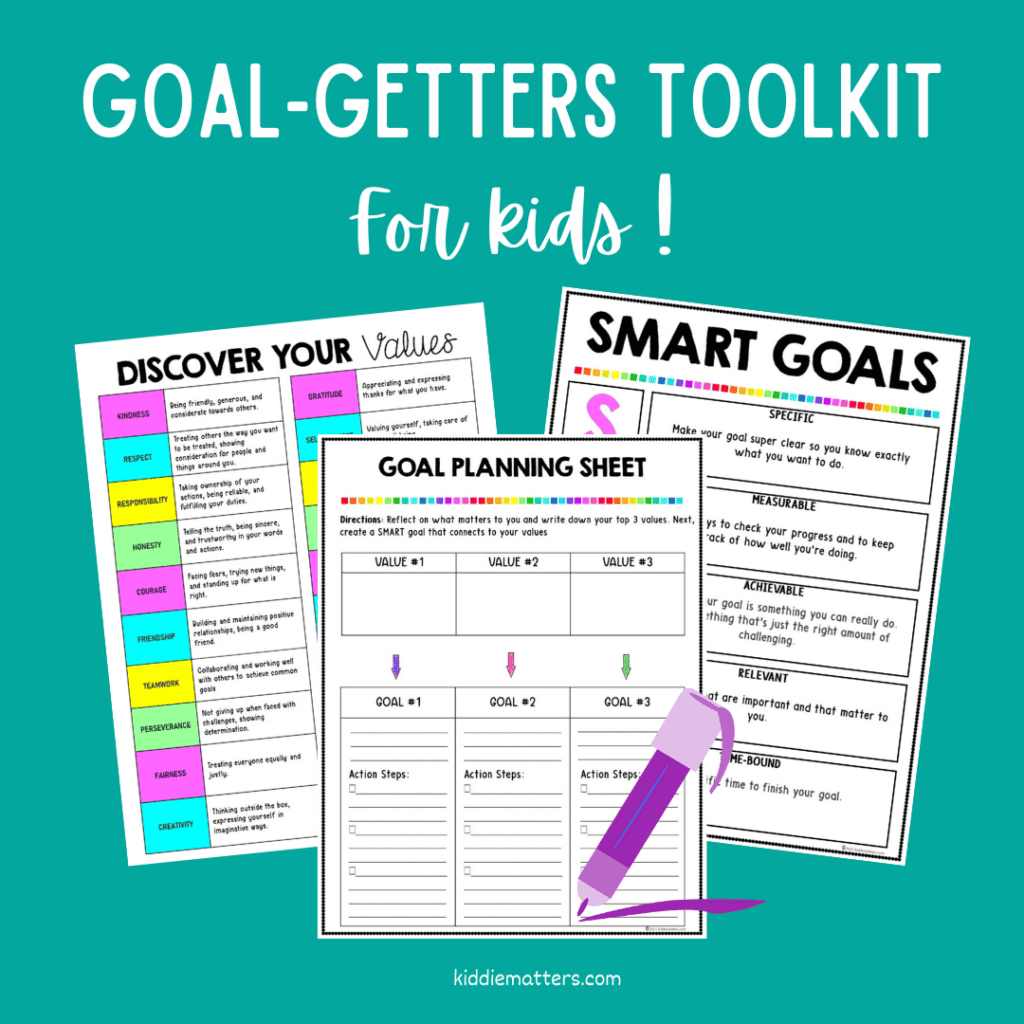
- The Challenge with Teaching Kids How To Set Goals
- Engaging Kids In The Goal Setting Process
- 6 Tips For Helping Kids Set SMART Goals
- Making Vision Boards With Children
- A Vision Board Activity
- Reflection Questions for Vision Board Activity
- Do Vision Boards Work?
- Pitfalls To Avoid When Making A Vision Board
- Creative Variations of Vision Boards
- Want More?
- Your Turn
The Challenge with Teaching Kids How To Set Goals
As a school social worker, each day brings a new set of demands and priorities. In the midst of this constant motion, the idea of teaching kids how to set goals can feel like adding another layer to an already complex puzzle. The challenges of addressing students’ social and emotional needs, coupled with the practical demands of the role, create an environment where finding enough time to delve into goal-setting is virtually impossible.
In addition, getting kids to buy into setting goals can be a battle. Many kids would much rather spend their time scrolling social media instead of learning to set goals. Engaging kids in the goal-setting process requires that you prioritize the time to develop an approach that aligns with their interests, values, and aspirations.
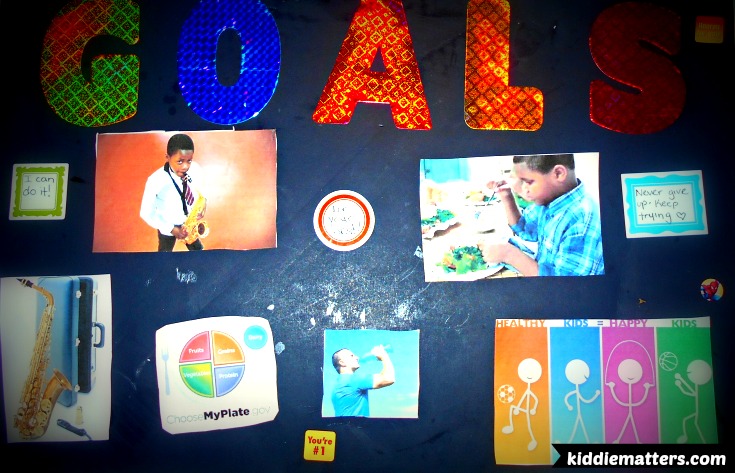
Update: It’s been 8 years since my oldest son made the vision board above! I’m so proud of how he’s been able to make his vision a reality! He’s turned his love of playing the saxophone into producing beats and being a DJ. Additionally, he majors in Business Administration and minors in music at the University at Albany. #Go Danes! And if you’re wondering…he still makes a vision board!

Engaging Kids In The Goal Setting Process
Sitting down with kids with pen and paper to write SMART goals can feel like pulling teeth, and I learned quickly that telling them what goals to pursue doesn’t work either.
But after attending a training on productivity, I stumbled upon one essential tool for my counseling toolbox that’s been a game-changer for teaching kids how to set goals: vision boards.
Vision boards are a powerful way to set goals with intention and to visualize your dreams. They work great for kids (and adults) because:
- Making a vision board helps kids develop a deeper sense of self-awareness and an understanding of what matters most to them. When creating a vision board, kids are invited to explore their values and what they want to accomplish in the future. This exploration allows them to get to know themselves better.
- Vision boards remind kids of their ‘why’–their reason for wanting to achieve their goals. This reminder keeps kids focused, especially when things get tough. Developing a system to have kids regularly review and update their vision board strengthens their commitment and boosts their, motivation to take steps towards their goals.
- A vision board helps kids concentrate on what matters most to them. When they have to make hard choices, their vision board can steer them toward prioritizing what’s important, helping them make the best decision for themselves.
- Vision boards help kids to focus on success. When kids regularly see their vision board, they get to see a clear picture of what they want to achieve. Having a positive image in their minds makes it easier to believe they can reach your goals.
And yet, although vision boards are an effective tool, you can’t just throw some pictures and a poster board at kids and expect them to set SMART goals.
6 Tips For Helping Kids Set SMART Goals
1. Collaborate with the child to set goals. Try not to dictate to the child what goals he/she should set. The child is more likely to push towards their goals if they can take ownership of them and are vested in the outcome of their goals. As the child gets older, assess whether or not they are capable of setting goals on their own.
2. Start with small goals. Starting out with small, easy to achieve goals, ensures that the child experiences some success early on in the goal setting process. Once they have some success, they will gain confidence in their abilities and are more likely to set more challenging goals in the future.
3. Make sure goals are age appropriate. Young children between Kindergarten and third grade might set goals such as sharing with friends, reading a book independently, etc. Starting at around fourth grade, children might set more complex goals for themselves such as making honor roll or making a sports team.
4. Goals need to be realistic and attainable. Children need to set goals that they have the skills to achieve. For example, it would be unrealistic for a five year old to have a goal of reading a Harry Potter book independently because they have not developed the necessary skills to do so. This goal would most likely be unattainable for the child despite their best efforts.
5. Make goals specific. Having broad goals can overwhelm and confuse the child. When setting goals, try to be as specific as possible. Instead of saying ‘I will do better in school’, state specifically what you will do in order to do better in school. For example, ‘I will complete my homework daily.’
6. Decide how you will track progress. Children are more likely to work towards their goals when they see progress. They can track their progress by using a sticker chart, graph with tally marks, a spreadsheet, etc. Make sure the child can readily see the progress they are making towards achieving their goals.
This is a useful video to share with kids to help them understand how to set SMART goals:
Making Vision Boards With Children
Motivational speaker Jack Canfield describes vision boards as :
“a board of any sort used to build a collage of words and pictures that represent your goals and dreams. The inspirational collages serve as your image of the future – a tangible example, idea, or representation of where you are going.”
Jack Canfield
Making a vision board is like creating a personal roadmap for your dreams. Vision boards are a great visualization tool for teaching children how to set goals. It helps kids figure out what really matters to them and what goals they want to pursue. Choosing images and words that represent their values and dreams makes things clearer and helps kids focus on what they want to achieve.
A Vision Board Activity
The following vision board activity will help the child in your life start their goal setting journey with ease and FUN! First, get the Goal Getter Toolkit for Kids. Next, work with kids to complete the worksheets in the toolkit. Once you have done this, you are ready to make a vision board!
What you will need:
-Poster board (any size)
-Magazine articles and pictures that represent your
goals and action plan
-scissors
-Crayons, markers, or colored pencils
-Glue, glue stick or tape
-poster board letters (optional)
Gather all your materials and have the child glue the pictures on to the poster board. Let their creativity run wild. Once they are done, hang their vision board where they can see it often. For an added element of fun, feel free to make your own vision board with your child.
Remember to cheer your little one on as they make strides toward their goals. The journey to them achieving their goals is equally as important as them actually reaching their goals.
Reflection Questions for Vision Board Activity
- What values do you see reflected in your vision board?
- Can you share a specific goal from your board and explain why it’s important to you?
- How do you think achieving these goals will make you feel?
- Are there any challenges you anticipate while working towards these goals?
- Which values are most significant to you among those represented on your vision board?
- How might your goals contribute to making a positive impact on others or the world around you?
- Are there any values or goals that surprised you as you were creating your vision board?
- How can you break down these goals into smaller steps to make them more achievable?
- Who or what inspires you to pursue these particular values and goals?
- How do you plan to stay motivated and focused on your vision board goals over time?
Do Vision Boards Work?
While a vision board is a great way for kids to set goals and stay focused, it’s important to know that reaching those goals goes beyond just imagining them. Kids need to take steps, create a plan, and actively work towards what they want.
Remember, although a vision board supports kids’ efforts, they also need practical steps to achieve their goals. It’s helpful for kids to update their boards as they grow and change, ensuring it stays in sync with their dreams and values.
Pitfalls To Avoid When Making A Vision Board
- Creating a vision board can be a fun and empowering activity for children. It allows them to express their dreams, aspirations, and goals in a visually engaging way. However, as with any goal setting tool, there are some pitfalls to be mindful of to ensure you and your kiddos get the most out of making a vision board. Pitfalls to avoid include:
- Overwhelming Content: Encourage kids to focus on a few key aspirations instead of trying to include everything. A cluttered vision board can be overwhelming and dilute the impact of their goals.
- Unrealistic Expectations: Guide kids to set realistic and achievable goals. While dreaming big is important, helping them understand the steps involved in reaching those goals fosters a sense of accomplishment.
- Copying Others: Emphasize the importance of originality. While it’s okay to draw inspiration from others, copying someone else’s vision board can get in the way of a child’s personal growth and creativity.
- Material Overload: Remind kids that the vision board is a visual representation, not a craft project. Too many decorations or excessive use of materials might overshadow the goals they want to highlight.
- Lack of Diversity: Encourage inclusivity by discussing the importance of diverse goals and interests. This helps children recognize the richness of life and broadens their perspectives.
- Negative Focus: Guide kids to frame their goals in a positive light. Instead of focusing on what they want to avoid, encourage a positive mindset by expressing aspirations in a constructive manner. So instead of saying, “I don’t want to fail my math test,” encourage kids to frame it positively like, “I want to get an 85 or better on my math test. I’ll complete practice problems daily and seek help when needed.” This helps cultivate a more optimistic and goal-oriented mindset.
- Strict Perfectionism: Remind children that the vision board is a reflection of their dreams, and it’s okay if it’s not perfect. Perfectionism can stifle creativity, so encourage them to enjoy the process without undue pressure.
- Short-Term Thinking: Discuss the importance of balancing short-term and long-term goals. While it’s natural for children to think about immediate desires, encourage them to include aspirations that extend beyond the near future.’
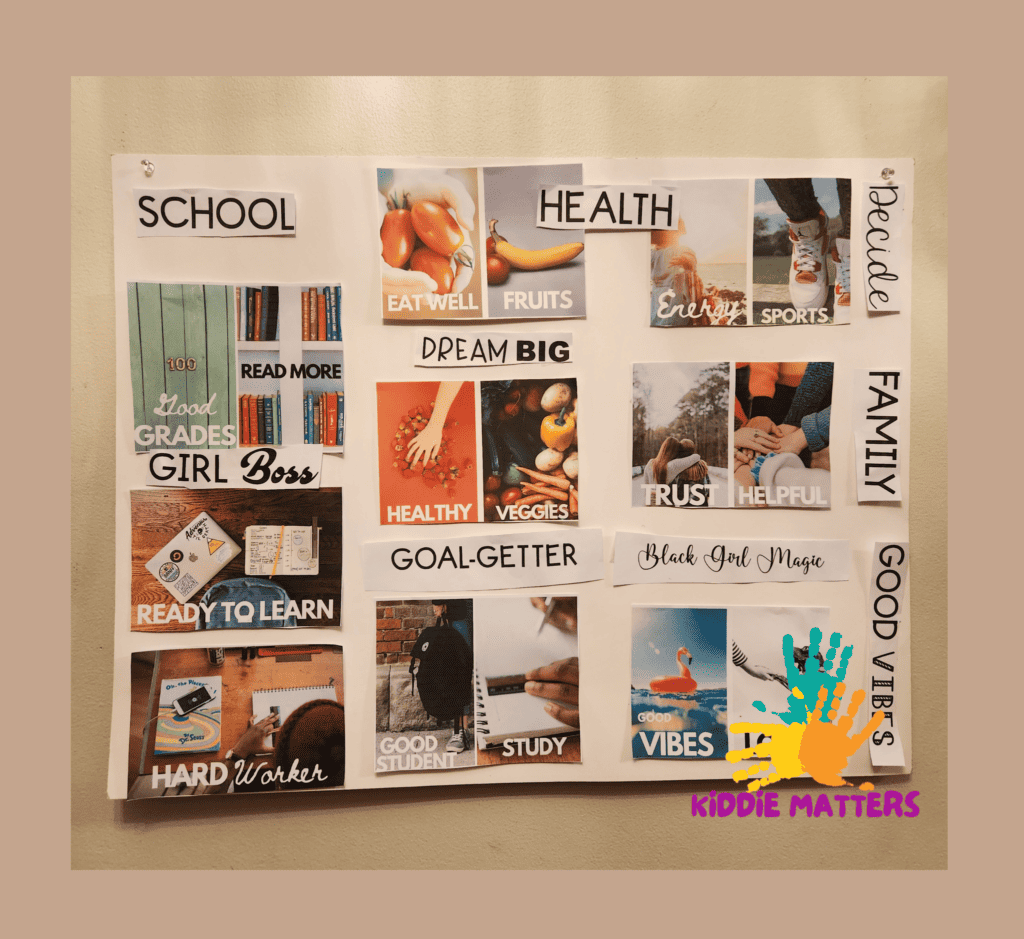
Creative Variations of Vision Boards
Vision Book: A vision book, also known as a vision journal or dream book, is a personalized collection of images, words, and affirmations that represent your goals, dreams, and aspirations. Kids can create a vision book by pasting or drawing pictures and writing statements in a notebook, sketchbook, or binder.
Digital Vision Board: Create a digital collage using tools like Canva or Pinterest. Kids can set it as their computer or phone wallpaper for daily inspiration.
Vision Jar: A vision jar is a creative way to visualize and manifest your goals. Instead of creating a traditional vision board with images and words on a board, you place them in a jar. You write down your aspirations, dreams, or affirmations on small pieces of paper and put them in the jar. It serves as a tangible representation of your goals and a reminder of what you’re working towards.
Items needed: Mason jar, index cards, ink pen/pencil, value-based goals (that’s it!). Adding tickers, washi tape, and real objects to a vision jar is optional, but doing so levels up the creativity in this activity.
Kids can use one jar to represent all their goals or just their big goal for the year. Additionally, they can make a separate jar for each goal. More jars will give kids more space to be creative.
Vision Mural: Kids can get permission from their caregivers to turn an entire wall in their room into a mural with images, quotes, and symbols representing their goals and aspirations. (Alternative could be to make a mural in a locker at school if permitted or available).
Vision Clothesline: Hang images or notes on a clothesline in a creative space, allowing you to physically interact with your vision items.
Vision Box: A vision box, also known as a dream box or manifestation box, is a container where kids can place real objects that represent their goals, dreams, and aspirations. This hands-on vision board not only aids sensory development but also gets kids more engaged as they actively participate in creating it.
This activity is great for children interested in tactile experiences and creative activities. It suits those who enjoy interacting with physical objects and engaging in the process of crafting and expressing their dreams.
How to Make a Vision Board Box
- Find a small container like a shoebox.
- Decorate the container with colors, stickers, and drawings to make it visually appealing.
- Gather physical objects that represent your goals and aspirations. Kids can use various everyday objects, such as small toys representing their goals, miniature items related to their aspirations, and even small trinkets or symbols that hold special meaning. It’s about selecting objects that resonate with the child’s interest
- Have kids place the real objects representing their goals, dreams, and aspirations inside the box.
- Encourage kids to set aside time daily to open their vision box so they can reflect on their aspirations and track progress.
- Celebrate achievements by having a mini dance party, giving a high five, or indulging in a small treat.
Before you go, get my FREE toolkit!
Want More?
If you want to take goal setting one step further with adolescents, check out Goal Setting: Coaching Adolescents to Be Successful In Life. I provide a step by step guide to help kids set goals in six different areas of their lives. These areas include Academics, Behavior, Family, Social Life, Health, and Money. Below is a sample of the reflection worksheet for the area of Academics:
If you like this article, you may also like 9 Ways to Teach Your Children About Feelings.
Your Turn
What are your best strategies for teaching kids how to set goals? Share your answer in the comments!
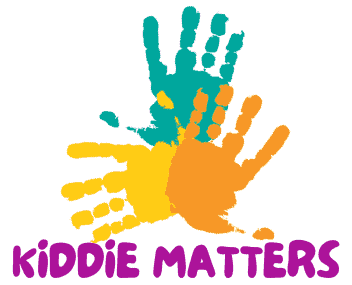
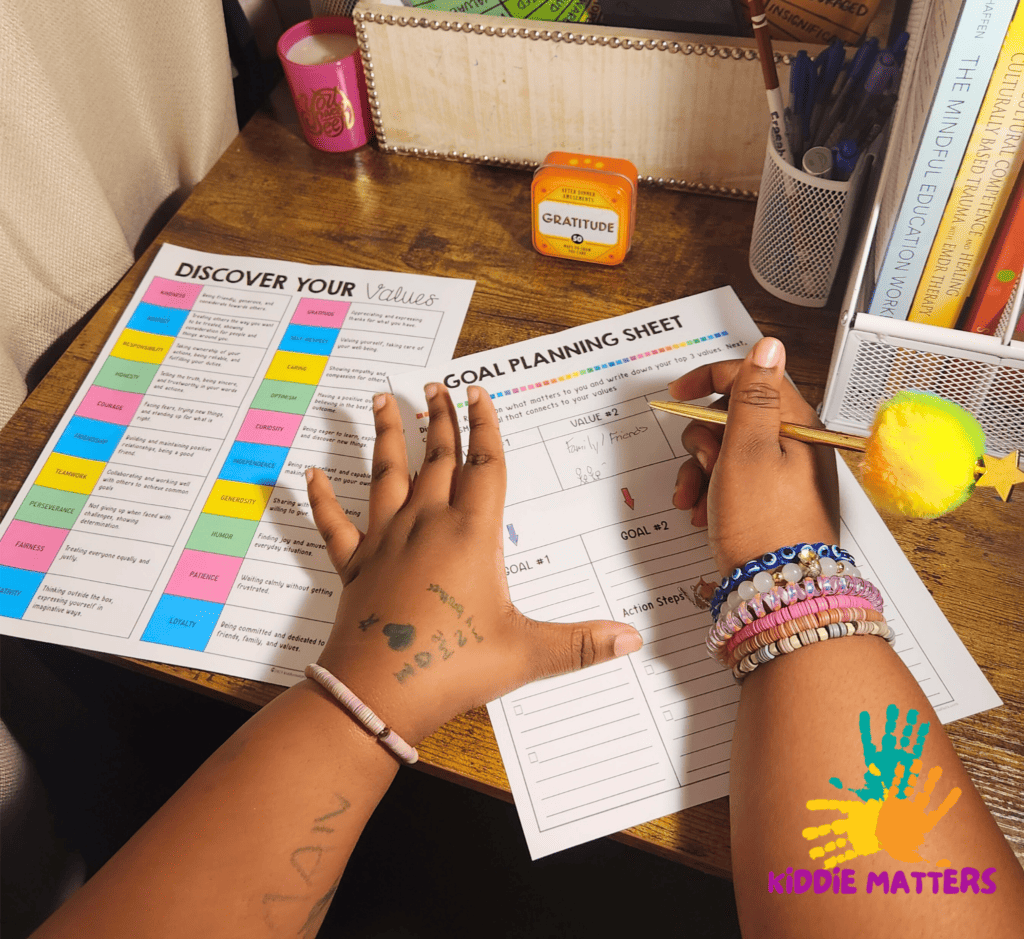
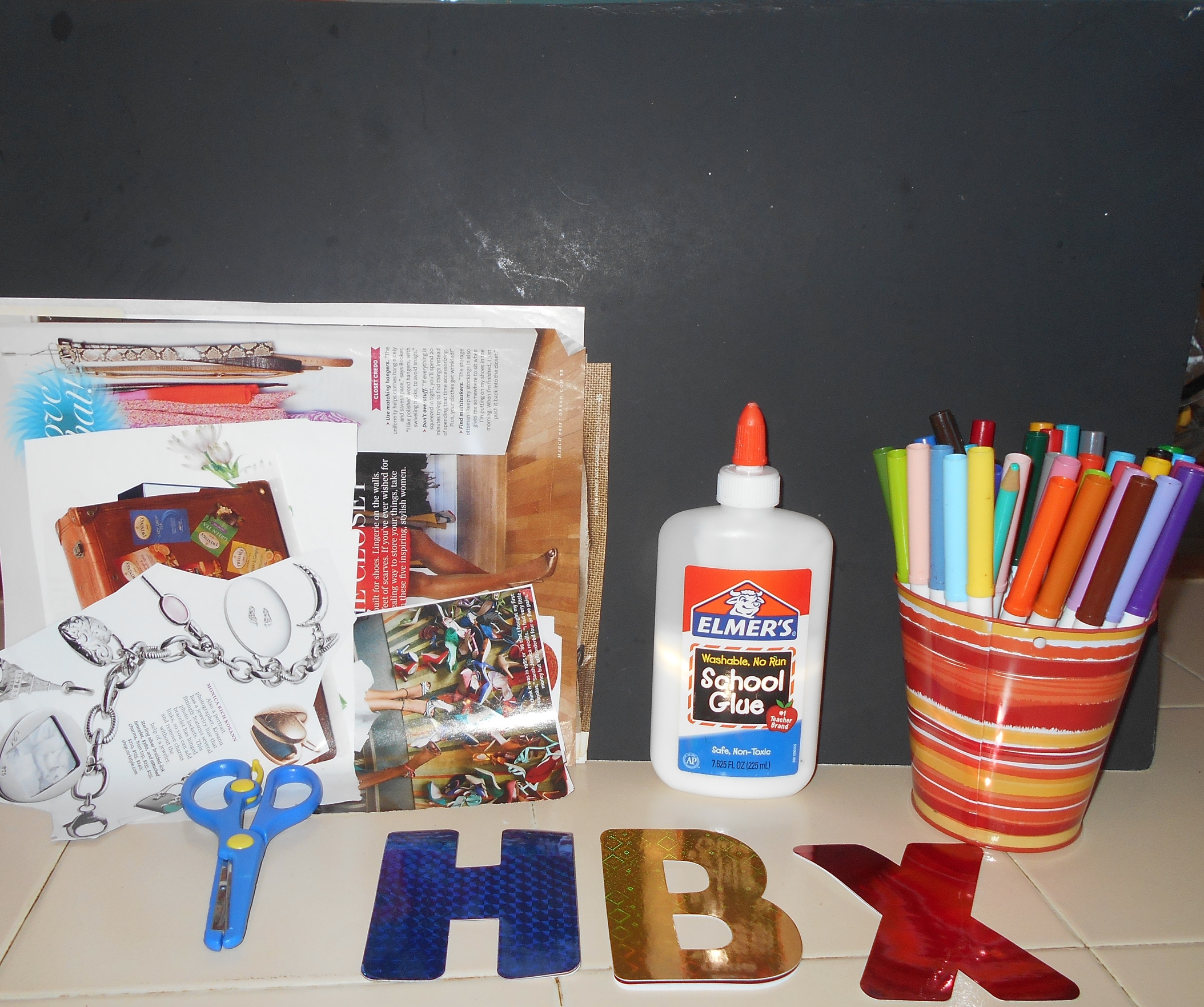
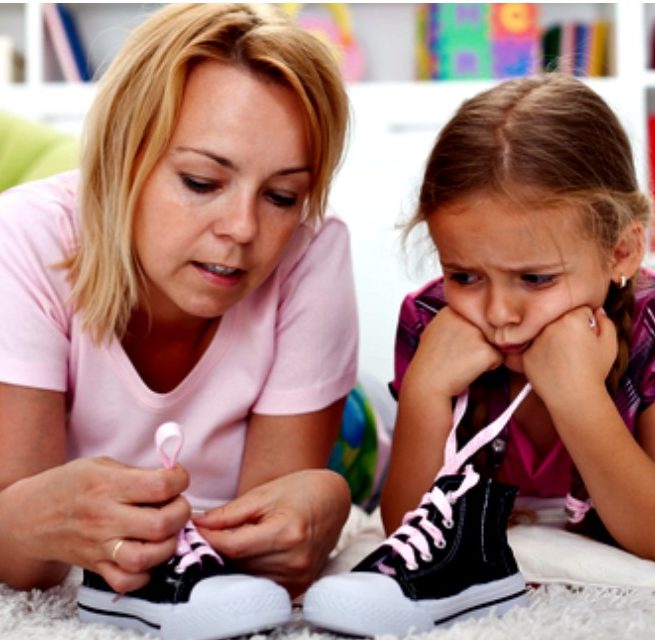
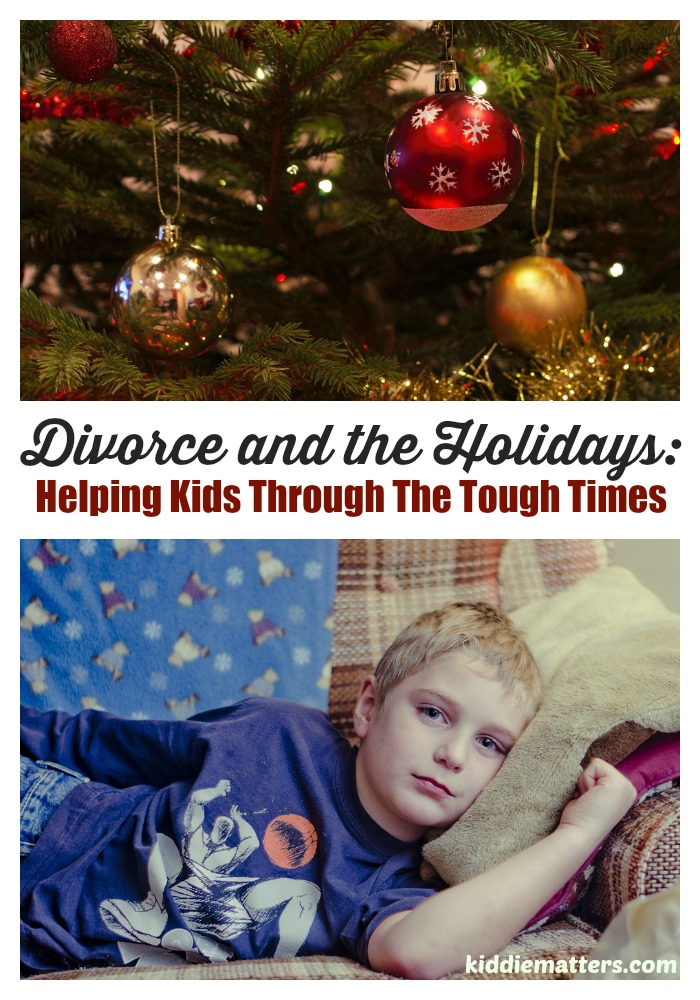

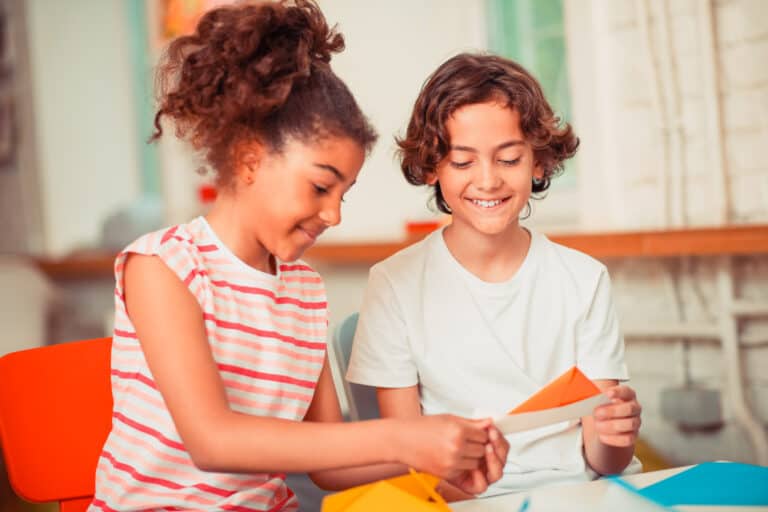

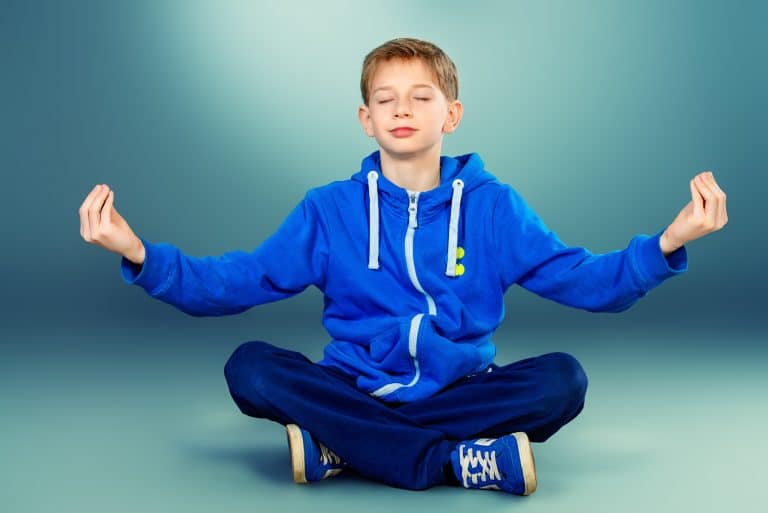
It really is a great visual. I personally use vision boards all the time for inspiration and to keep myself focused.
Goal setting is so important and it’s never too late to learn. My sister is 25 and still struggles with making goals and following through, but I’m sure one day the light bulb will go off! Right?!
This is so great… especially for the beginning of the school year. Great for parents and teachers to use in their classroom. Thanks!
They did something like this in one of my 4th grader’s classes. I do think it made a difference although I’m not sure it would be as well received if it were mom’s idea…still might be a fun and helpful for the summer.
This is such a wonderful idea! I never even thought of creating a goal/vision board with my daughter. This is definitely something we’re going to do. Thanks for sharing!
That was the exact thought I had before creating the vision board with my son. If it’s good for me, it’s good enough for him too!
Thank so much. I am a lead parent educator and this month in my parent group, we will be starting our 2018 dream/vision board and this is a great article that I will be sharing to have my parents also, take what they have learned to their children at home.
– Angelina Hunt, MS
Thanks for sharing! I hope the parents enjoy it. I learned so much about my son when I did it with him.
Hello, I’m from Good Morning America and am interested in including your kids vision board in a piece I’m doing on back to school traditions. We would credit you and link to you. Please let me know thanks!
This is a great tool to not only help set goals and motivate children but i think its also a good tool to help them develop a more positive creative mindset. I love it…Thank you so much
This is an AWESOME springboard for my up-coming kindergarten theme… How We Organize Ourselves. I had the idea of creating a Vision Board but wasn’t sure how to go about it with my kinder’s. After reading your post, your ideas are right in line with the central idea of the theme which is “Jobs arise from the wants and needs of a community.” It will help students to begin to see that having goals early in life will contribute to an understanding of what things need to happen in their lives to achieve what they want to be. Thank you so much for the tips, the goals worksheet and the pictorial examples that you gave. I would also like to see some other examples of people who tried the vision board for the younger ones and successes that were achieved.
Quite a useful tool to help guide the kids in the right direction and empower them at the same time.
Thank you some much for the great post & the goal settings sheet. I really love this. My friend & I are going to sit with the kids today & make their vision boards.